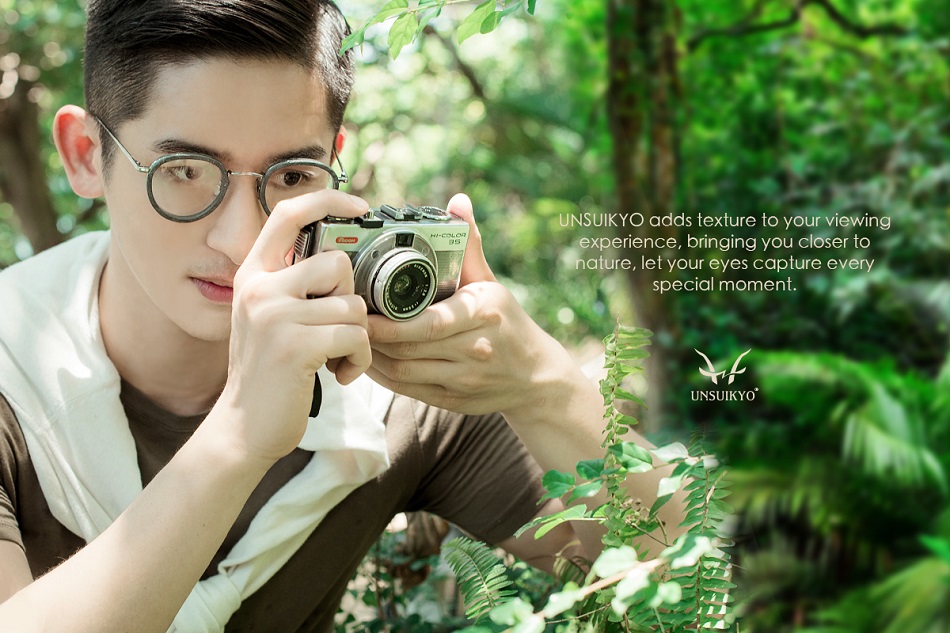Design Feature #38
An Exchange of Conscience and Consciousness
POSTERiZED. POSTER ART FROM POLAND.
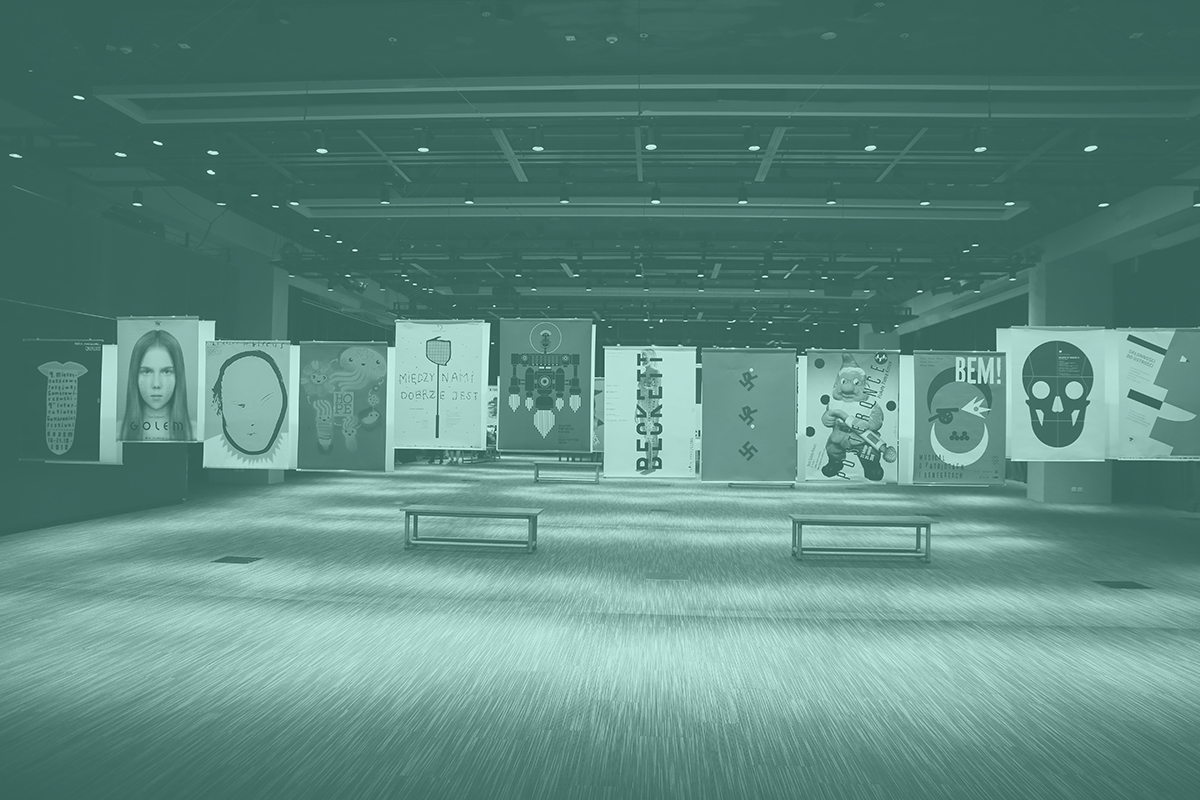
Text by Ko Cheung
Translated by Derek Leung
Photos by Ko Ceung, PMQ, Edko Film Ltd, indexgrafik.fr/henryk-tomaszewski
Hong Kong is a city where visual information is rampant.
Colourful notices, light box posters and advertising posters can be found in the streets, subway stations, campuses and even companies and lifts. They are meant to provide the general public with information but the excessive number of these informative tools with the excessively stimulating messages blindfolds their eyes and paralyses people’s senses.
Lively Colours in Gloomy Nation What shall we do to re-appreciate the “posters”? “To simplify things is the way out,” said Polish poster designer Agnieszka Mori and Max Skorwider promptly.
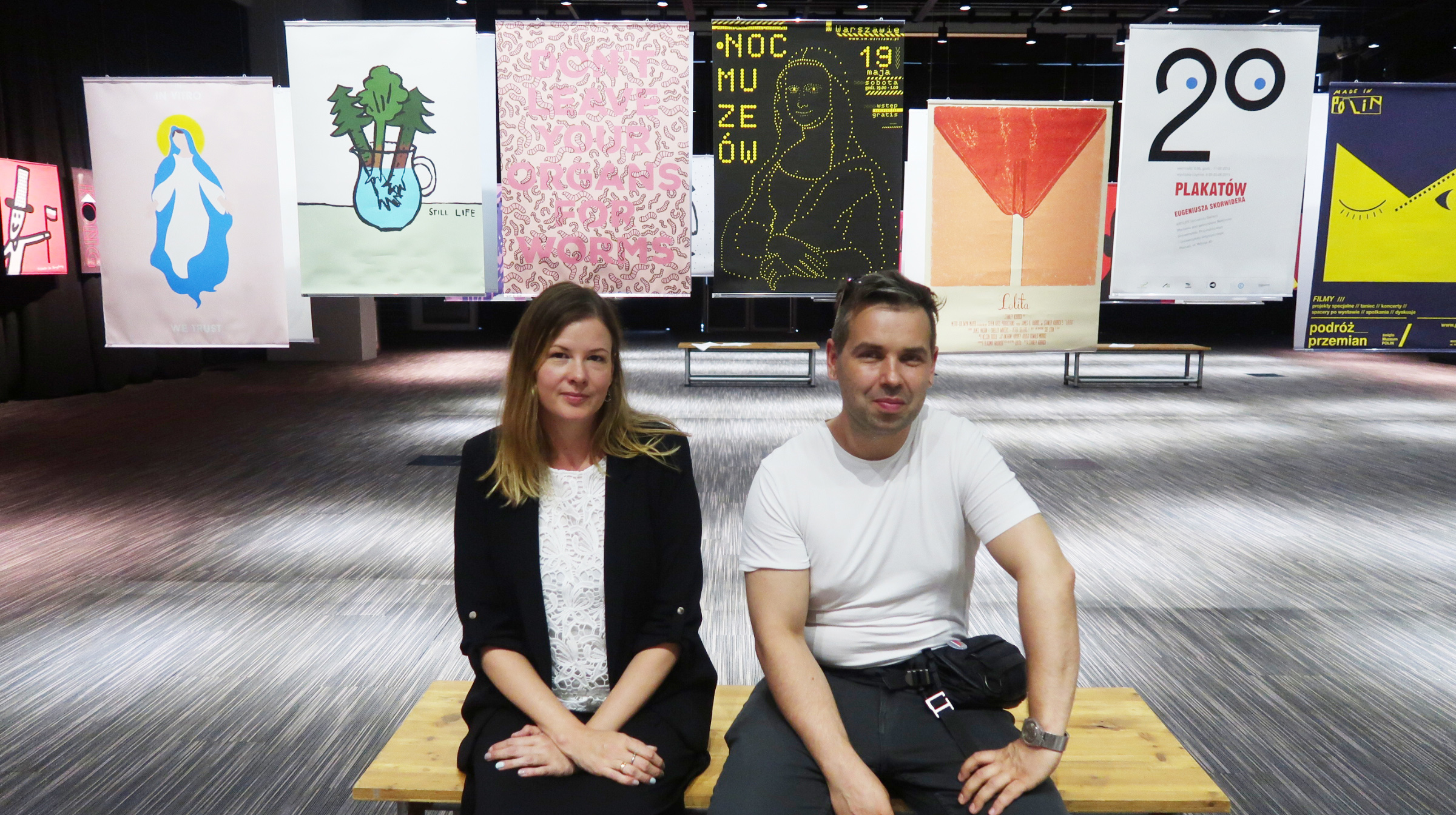
They recalled the torture initiated by the communist regime in their homeland in the 1950s, despite limited resources, on the contrary gave the artists and the general public flexible room to create with minimal texts and graphics in the medium of “posters” serving as an "international language" for communicating with the outside world.
Currently curating at PMQ an exhibition called “Posterized – Poster Art from Poland” featuring more than 100 exhibits and workshops, both Mori and Skorwider intended to share old memories with Hong Kong people while encouraging everyone to set aside their own mode of thinking and not to doubt the designers’ ideas through the project of “Tribute to Hong Kong”. What they expect the audience to do is to relax their minds and understand the art, history and cultural interest the posters contain other than the underlying propaganda of the posters.
The centre and the walls on both sides of the exhibition site neatly stand more than a hundred posters with succinct design and vivid colours, creating a touching feeling beyond expression and description.
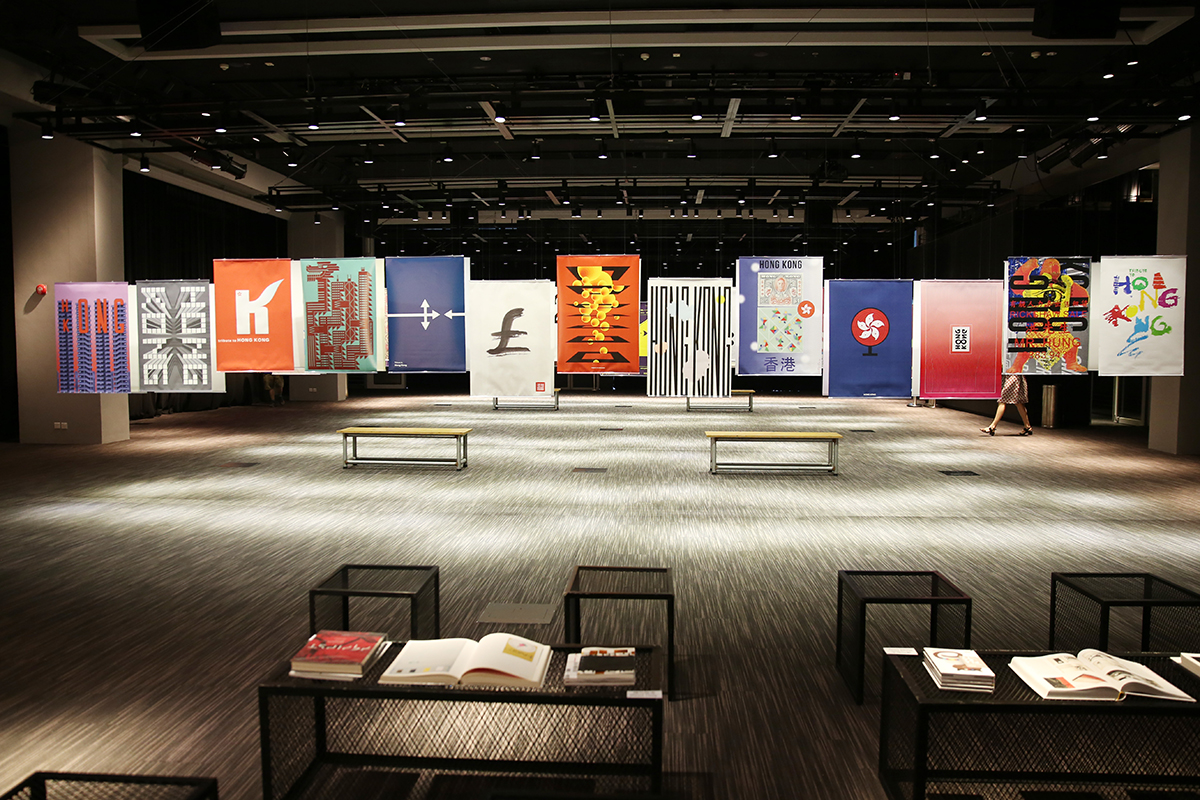
Notwithstanding the absence of my experiences in this Eastern European nation, it is my infatuation with the movies directed by masters Krzysztof Kieslowski and Andrzej Wajda, together with my observation through their critical shots in particular, that makes me have certain understanding of the melancholic Poland.
It is, in particular in 2016, Wajda’s Afterimage, finished in his 90s and illustrating how local avant-garde art theorist Wladyslaw Strzeminski lost his life following the deprivation of his title of pedagogy coupled with the damage of his paintings and the slaughter of his students masterminded by the regime of the Communist totalitarianism after World War II, that fills me with the impression of “moral anxiety” and more concisely the term “grey tone” in the Polish world of art.
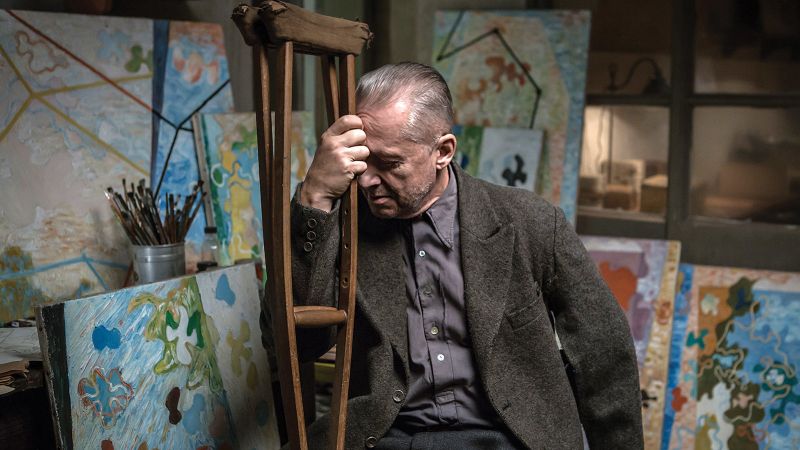
It is, in particular in 2016, Wajda’s Afterimage, finished in his 90s and illustrating how local avant-garde art theorist Wladyslaw Strzeminski lost his life following the deprivation of his title of pedagogy coupled with the damage of his paintings and the slaughter of his students masterminded by the regime of the Communist totalitarianism after World War II, that fills me with the impression of “moral anxiety” and more concisely the term “grey tone” in the Polish world of art.
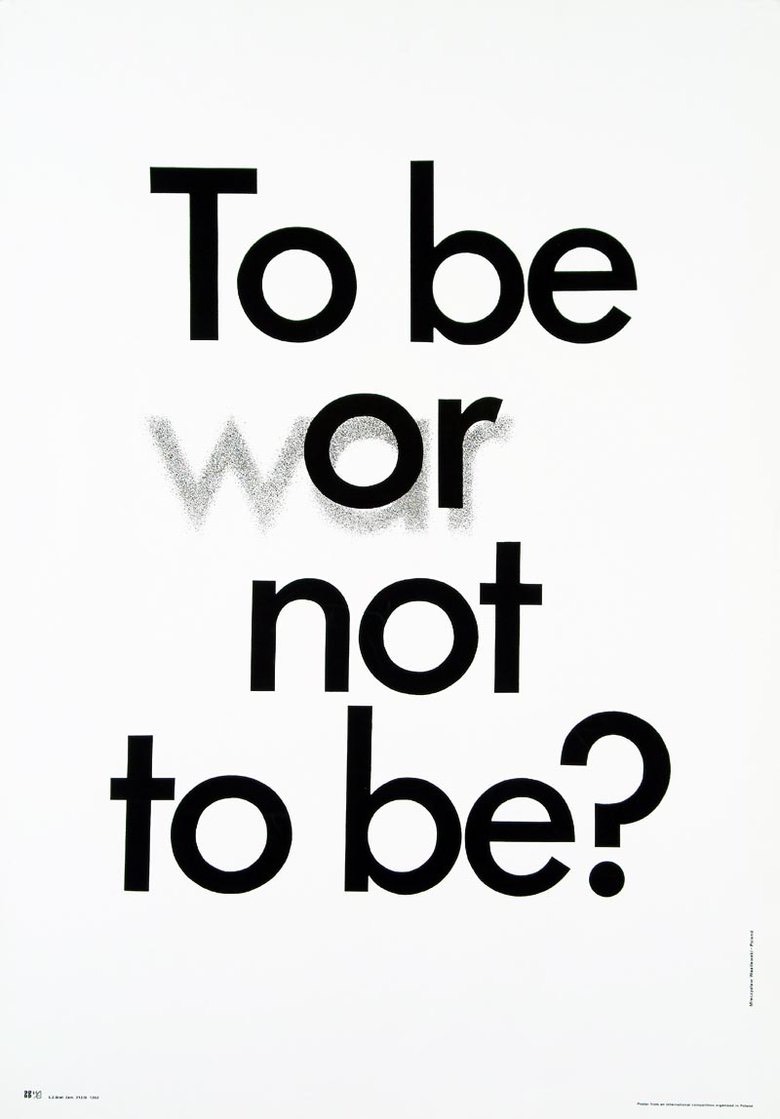
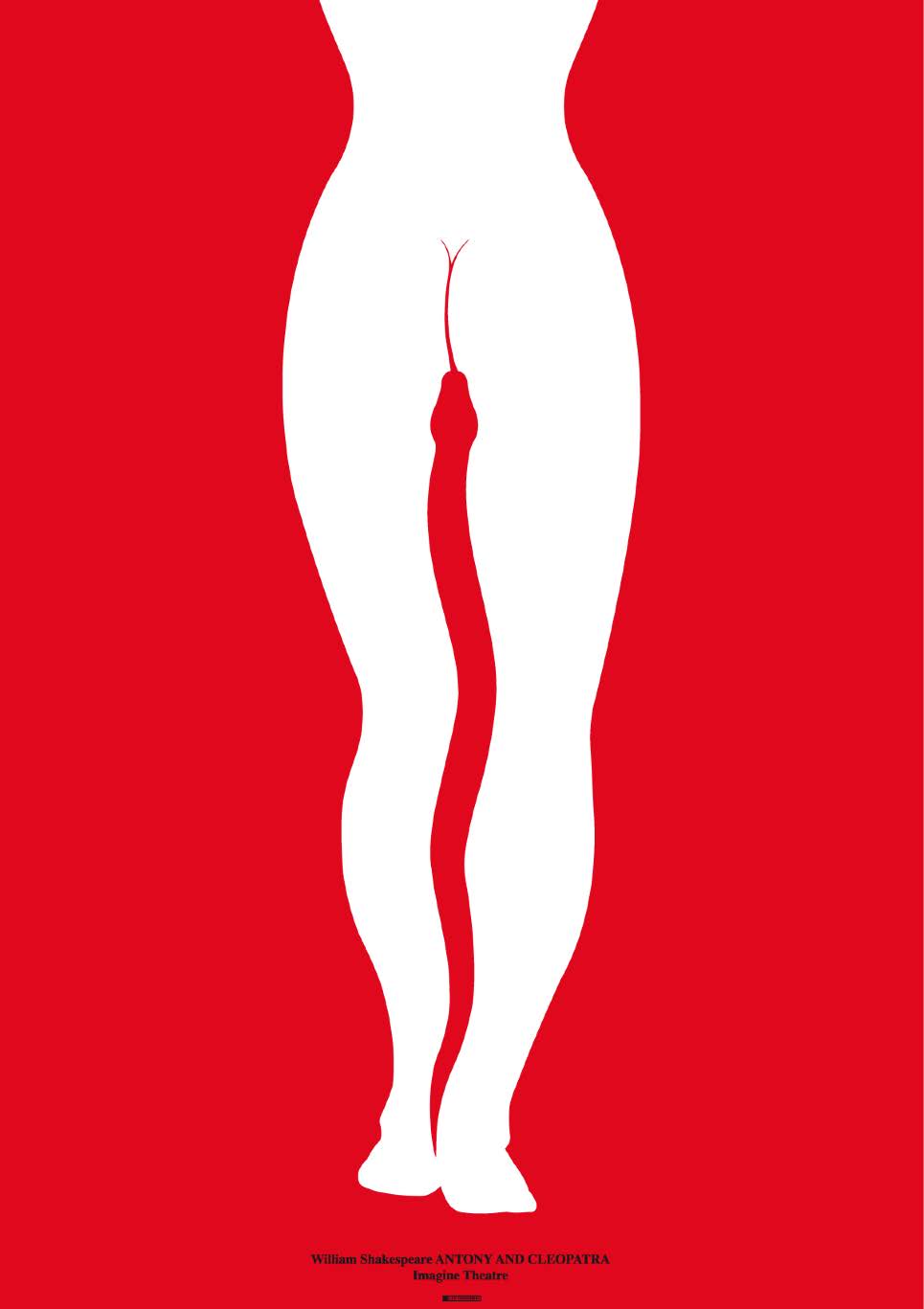
“The tremendous vitality stems from the artist's sincerity,” pinpointed Mori while highlighting the more the government bans creative works the more the artists should have the obligation to reflect the people's living by drawing with political colours. From 1890 to 1914 where Poland saw the first wave of “Molda Polska”, the artists were actively devoted to creating posters in terms of folk art and new art. From the 1920s to the 1930s, the Polish posters were getting simpler and more explicit.
“After World War II, there’s more censorship and information ban in my country. Yet, the government kept its propaganda in the poster format. When Polish movies became state-owned from 1945, many artists were commissioned to design posters and they kept an eye on the society and stay in touch with the public to fight for freedom in confinement by infusing hidden images into abstract patterns made from clear lines,” she added.
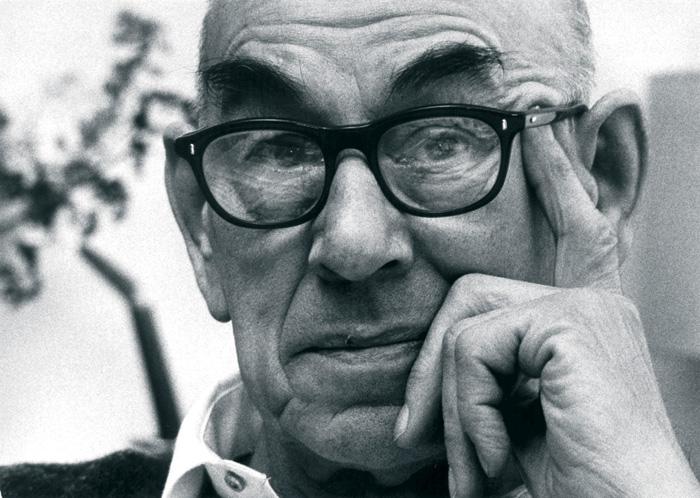
Late poster design guru Henryk Tomaszewski once clearly commented “politics is like the air with which we must survive”. Skorwider emphasized, albeit higher liberty currently, the designers of the present era have new obligations facing the Polish history, and the guts to tell the truth of the previous generations make them stay honest so that the Polish art can be better known to the world.
Both Mori and Skorwider agreed that good art should be “less is more” and people from all over the world could be connected without much textual elaboration, hence a programme of “Tribute to Hong Kong" to commission Polish artists to design a new series of Hong Kong-themed posters.
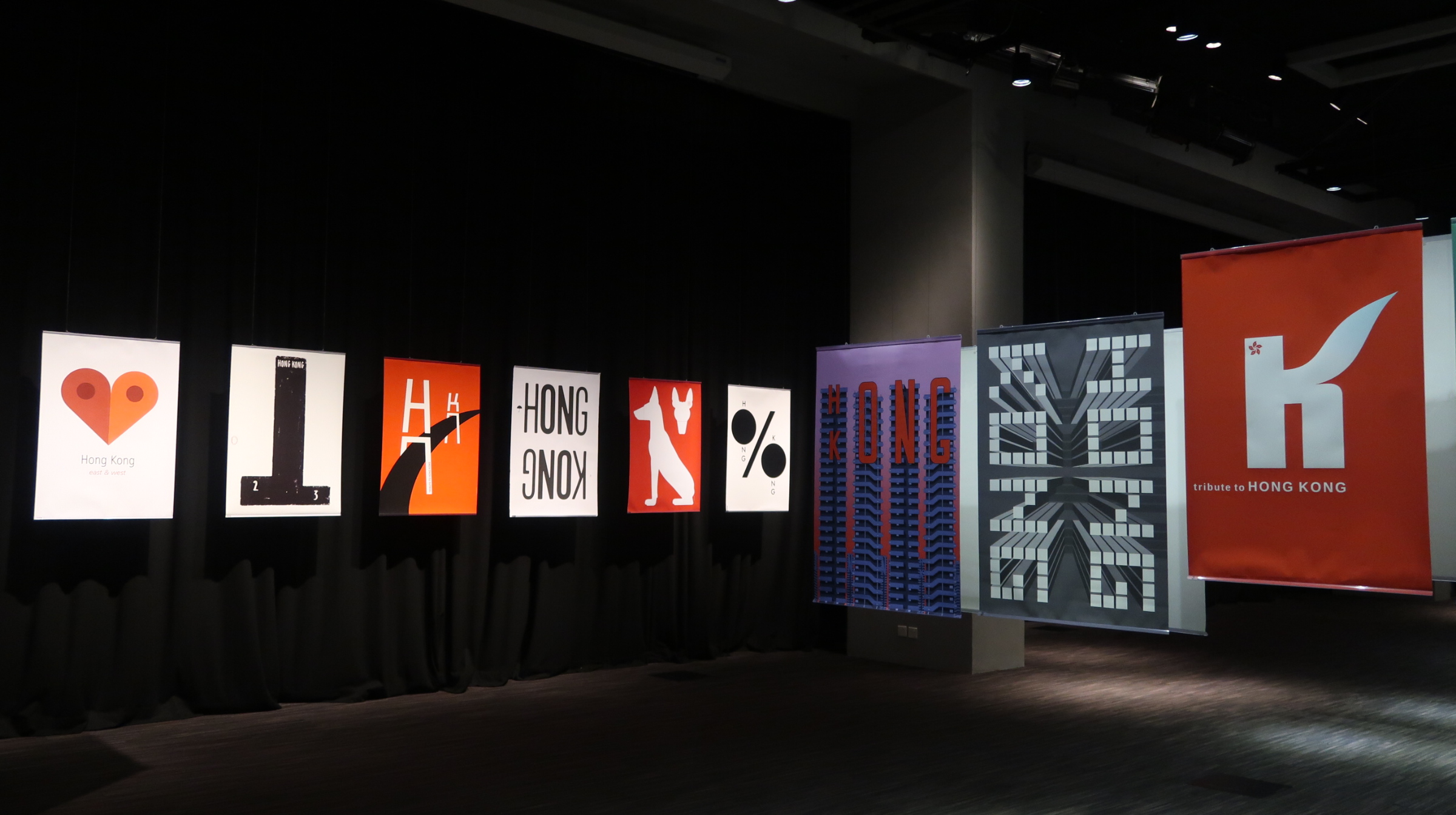
“Although most artists have never been to Hong Kong, they can say something to echo with the Hong Kong culture through mixing the information from the Internet, movies and news with imaginations.”
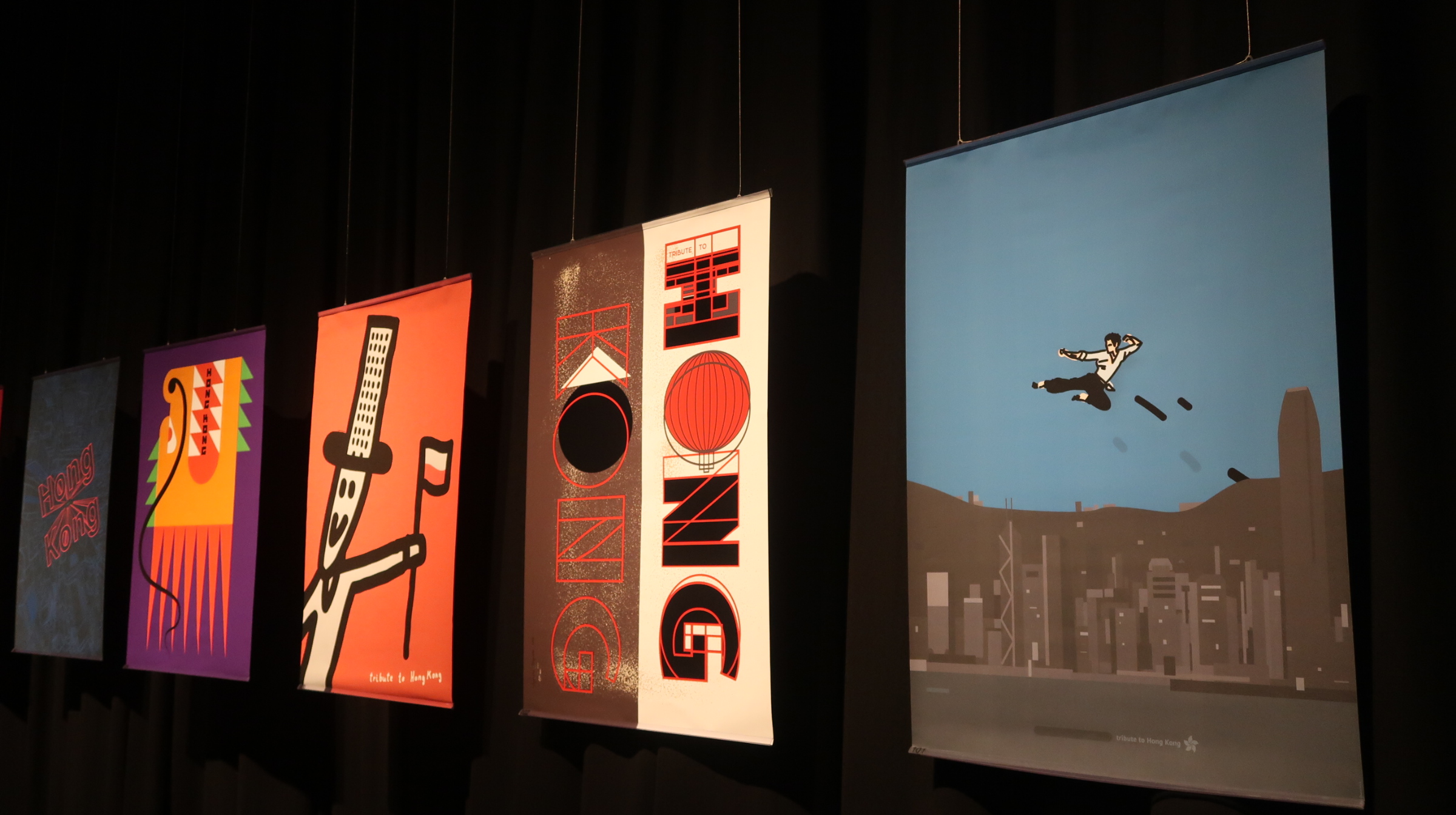
For instance, Skorwider chooses the well-known Victorian Harbour view and movie superstar Bruce Lee as the theme; his father Eugeniusz Skorwider creates a heart shape with many GoogleMap bookmarks to express the local East-meets-West culture, whereas some other artists adopt strong political elements such as “umbrella”, “regional flag” and “bauhinia”.
“Posters are a global language. You can have your own associations based on your viewpoints and cultural upbringing. We hope that through art, we won't have fixed conclusions, but instead we have in-depth communication,” concluded Mori and Skorwider with smiles.
POSTERiZED. POSTER ART FROM POLAND.
Date: Now – 10th June, 2018
Time: 11:00am – 8:00pm
Venue: QUBE, 2/F, Block A, PMQ (35 Aberdeen Street)

